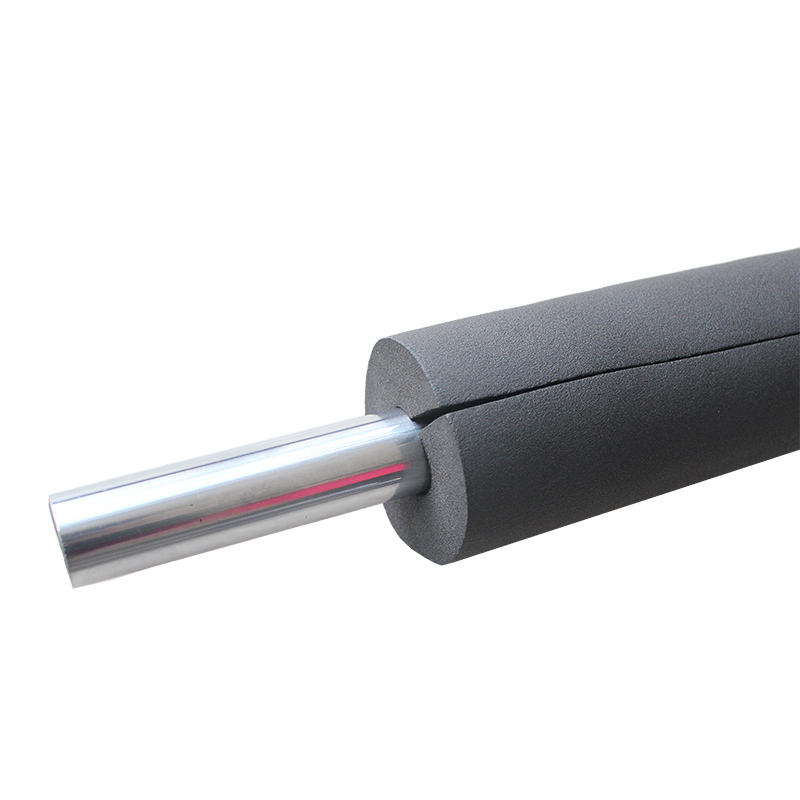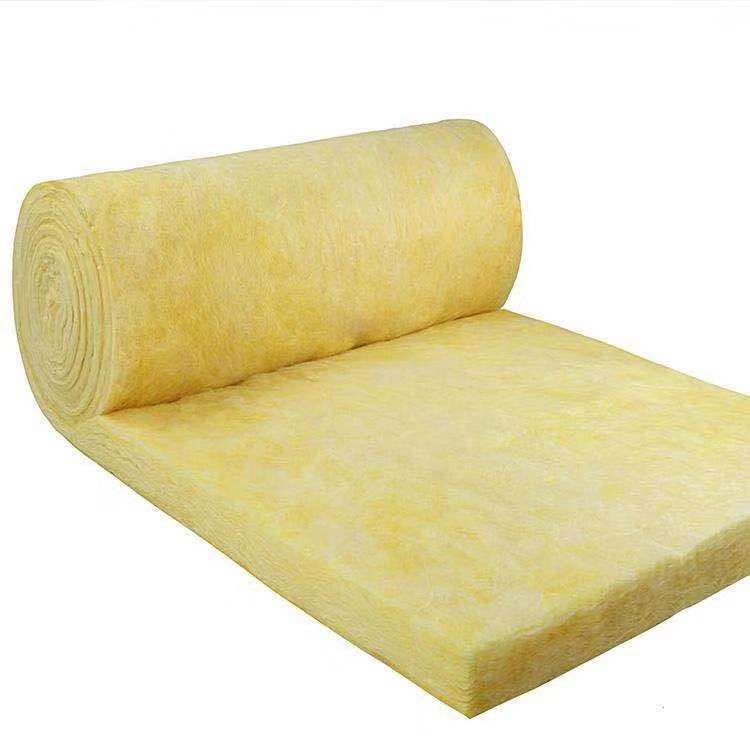Posted on July 3, 2023 by staff
Floor insulation is the process of adding a layer of material to the underside of a floor to reduce heat loss and improve energy efficiency. Floor insulation is essential to ensure optimal temperature control in your home all year round. This comprehensive guide will provide you with all the necessary information to make an informed decision on the best materials, installation techniques, and important considerations to remember before embarking on the installation process. Insulation Material Properties

Reduced heat loss/waste: One of the primary benefits of floor insulation is that it reduces heat loss and waste. By insulating your floors, you can prevent heat from escaping through the floorboards and keep your home warmer for longer.
Save money: Floor insulation can also help you save money on your energy bills. By reducing heat loss, you can lower your heating costs and save money in the long run.
Low to no maintenance: Floor insulation requires little to no maintenance once it has been installed. Unlike other home insulation projects, you don’t need to worry about topping up or replacing the insulation material.
Future-proofs your home: Insulating your floors can also future-proof your home. With the continuous escalation of energy prices, it is imperative to ensure proper insulation in your home. By insulating your floors now, you can ensure that your home is ready for the future.
There are several types of insulation materials available for floor insulation, including:
Fibreglass insulation: One of the top insulation materials used today is fibreglass insulation. It is made from glass fibres and is available in batts or rolls. Fibreglass insulation is easy to install and relatively inexpensive.
Rigid foam insulation: Rigid foam insulation is a type of insulation that is made from polystyrene or polyurethane foam. It is available in sheets or panels and is ideal for insulating floors with irregular shapes.
Batts and blankets: Batts and blankets are made from mineral wool or fibreglass and are available in pre-cut sizes. They are easy to install and are ideal for insulating floors with regular shapes.
Loose-fill insulation: Loose-fill insulation is made from cellulose, fibreglass, or mineral wool and is ideal for insulating floors with irregular shapes. You need to blow it into a place using a special machine, making it ideal for hard-to-reach areas.
Liquid foam insulation: Liquid foam insulation is a type of insulation that is applied by spraying it on the underside of the floor. It is ideal for insulating floors with irregular shapes and is easy to install.
There are two main methods of installing floor insulation: professional and DIY.
Professional installation: If you lack confidence in your DIY skills, hiring a professional to install your floor insulation is recommended. A professional installer has the necessary tools and expertise to install the insulation correctly and safely.
DIY installation: If you are confident in your DIY skills, install floor insulation yourself. However, following the manufacturer’s instructions carefully and taking all necessary safety precautions is important.
Before installing floor insulation, there are several factors to consider, including:
Climate: The climate in your local area will determine the type of insulation material best suited for your home. For example, if you live in a cold climate, you may need a thicker layer of insulation to keep your home warm.
Type of flooring: The type of flooring in your home will also determine the type of insulation material that is best suited for your home. For example, if you have a concrete floor, you may need a different type of insulation material than a wooden floor.
Type of subfloor: The type of subfloor in your home will also determine the type of insulation material that is best suited for your home. For example, if you have a suspended timber floor, you may need a different type of insulation material than if you have a solid concrete floor.
Moisture levels: Moisture levels in your home will also determine the type of insulation material best suited for your home. For example, if you have high moisture levels in your home, you may need a different type of insulation material than if you have low moisture levels.
Safety precautions: Protective gear such as gloves and a mask are essential when installing floor insulation. It is also important to ensure proper ventilation in that area and avoid contact with electrical wires.
Local building and fire codes: Before installing floor insulation, it is important to check local building and fire codes. Some areas may have specific requirements for insulation materials and installation techniques.
In conclusion, floor insulation is essential to any home insulation project. It helps to reduce heat loss, save money, and future-proof your home. Different insulation materials are available, and the installation technique will depend on your DIY skills and local building and fire codes. Before installing floor insulation, it is important to consider factors such as climate, type of flooring, subfloor, and moisture levels. By following these guidelines, you can ensure proper insulation and energy efficiency in your home.
Floor insulation can last for several decades if installed correctly and maintained properly. However, the lifespan of insulation will depend on several factors, including the type of insulation material used, the quality of installation, and the amount of wear and tear on the insulation over time.
Floor insulation can help to reduce noise transmission between floors by absorbing sound waves. Nevertheless, the amount of noise reduction will depend on the type and thickness of insulation used. If noise reduction is a primary concern, you may consider specialised acoustic insulation.
director, institutional sales, Saxo UK
director, institutional sales, Saxo UK

Insulation Thermal Conductivity 275 Deansgate, Office 63, Manchester M3 4EL